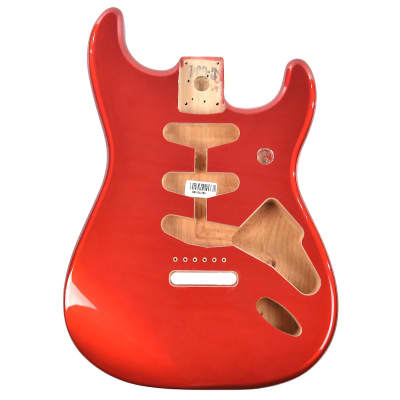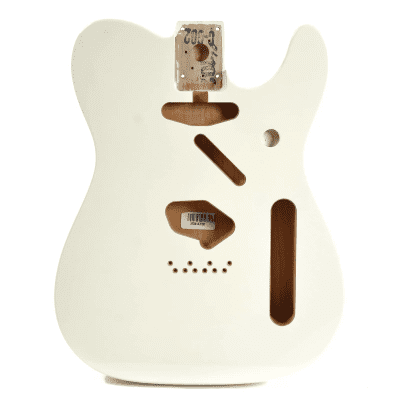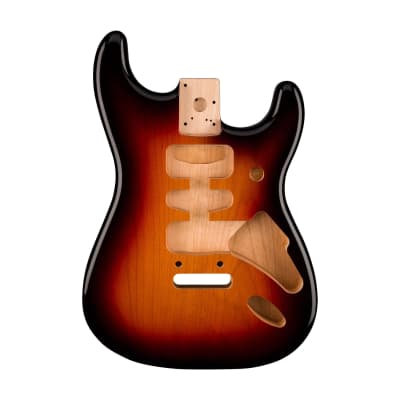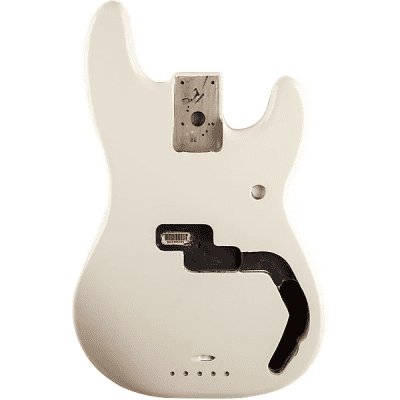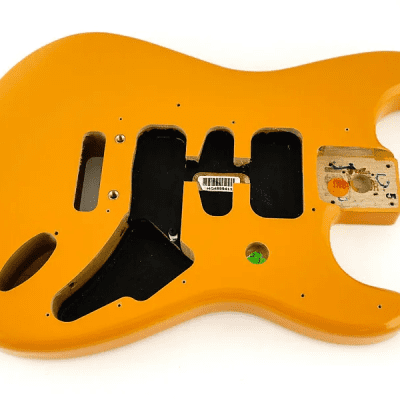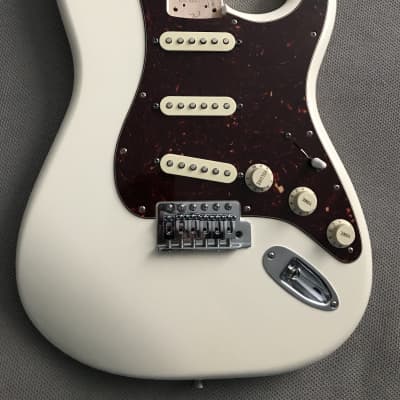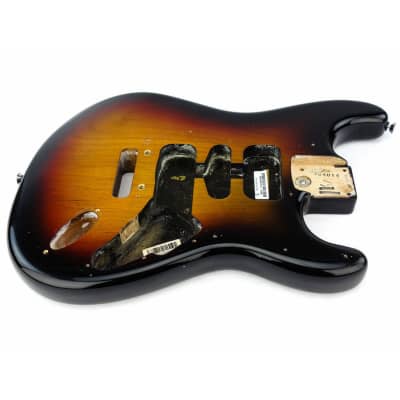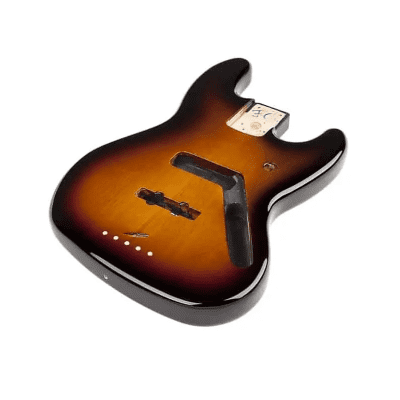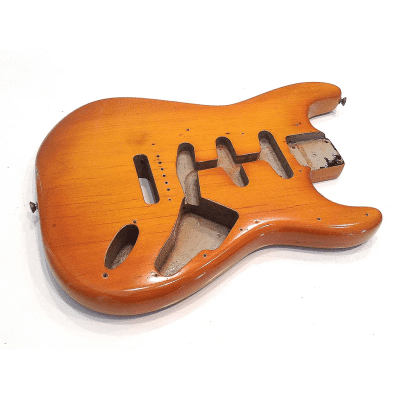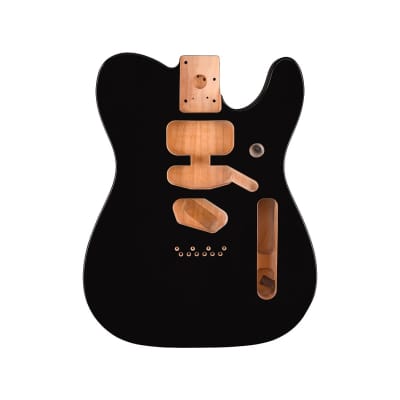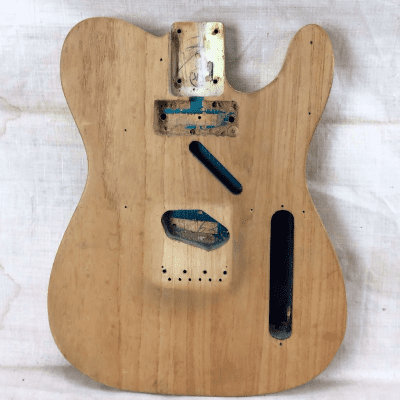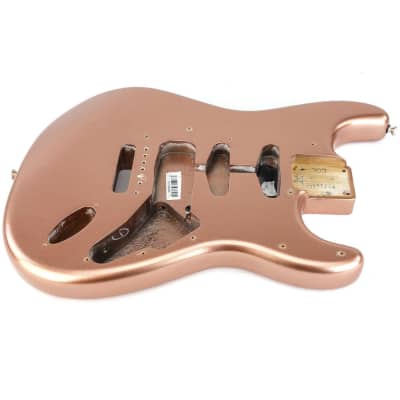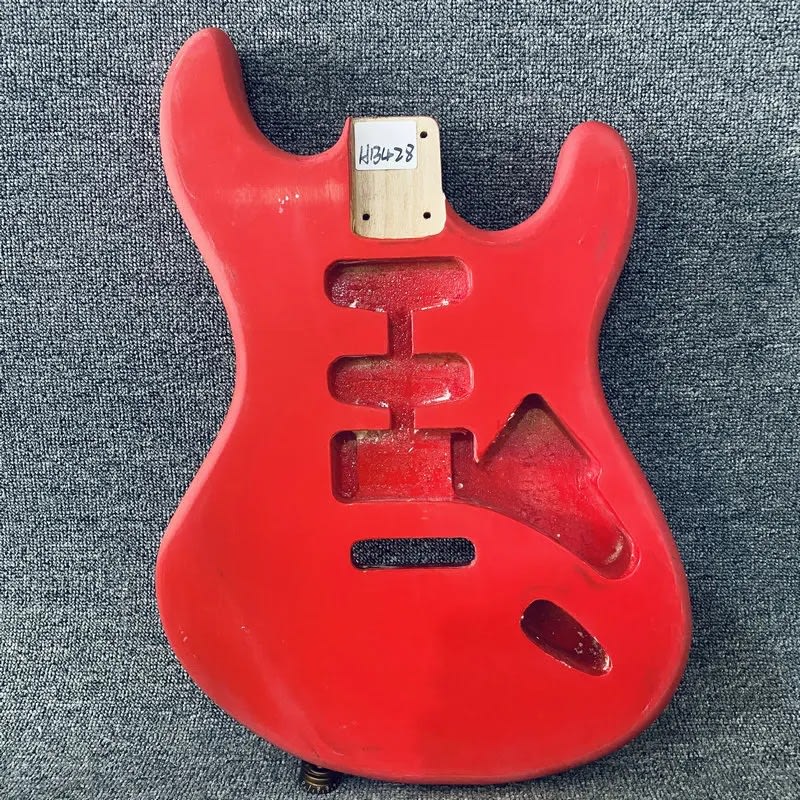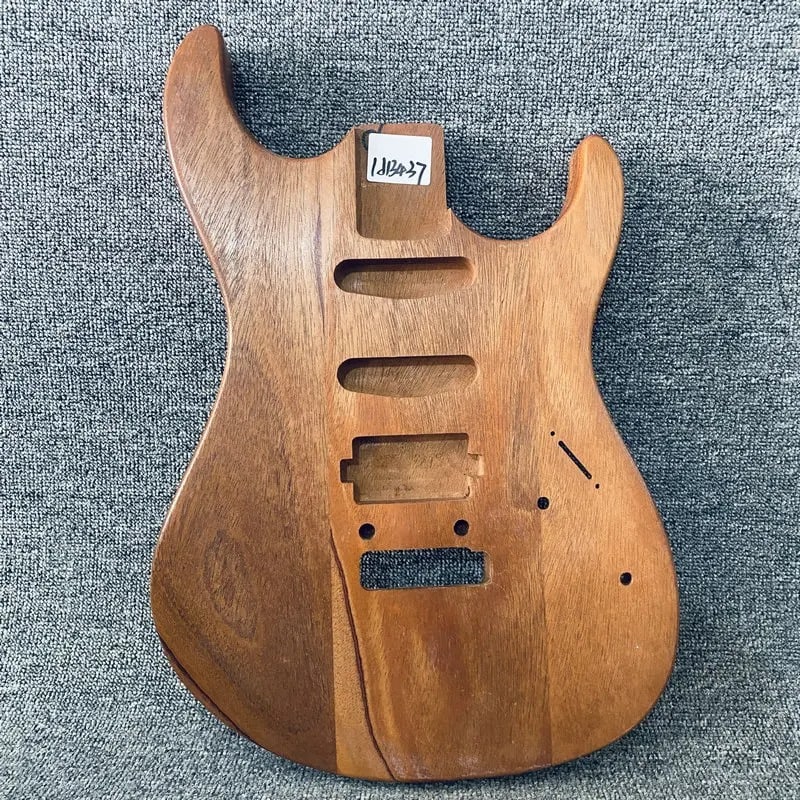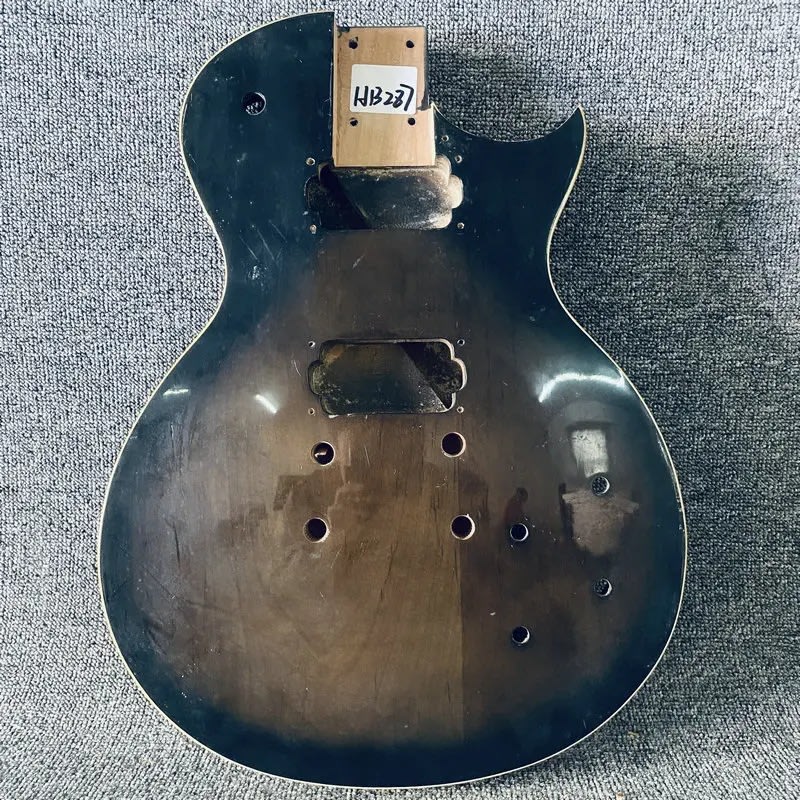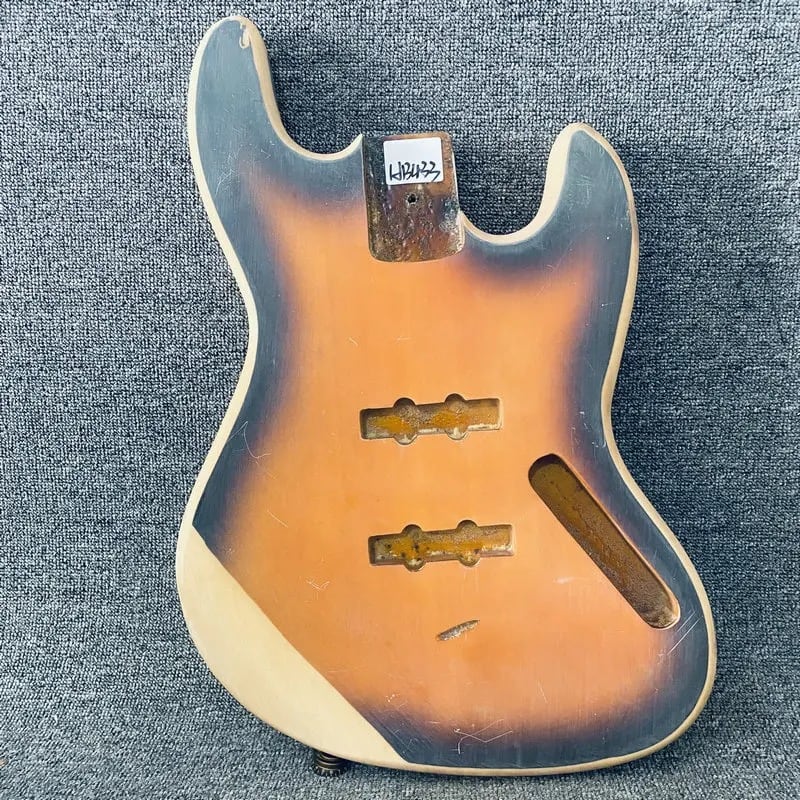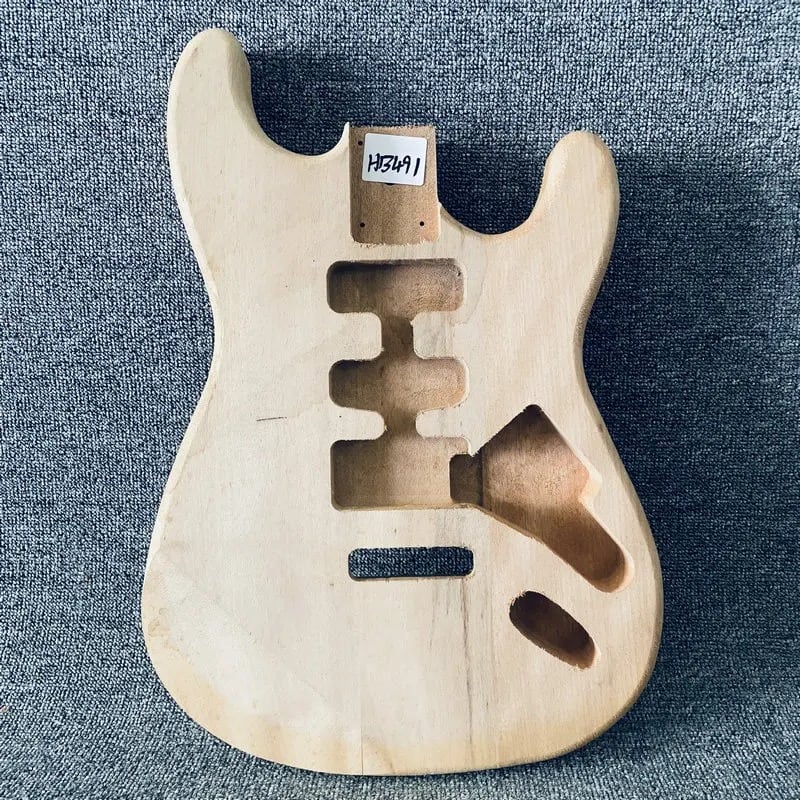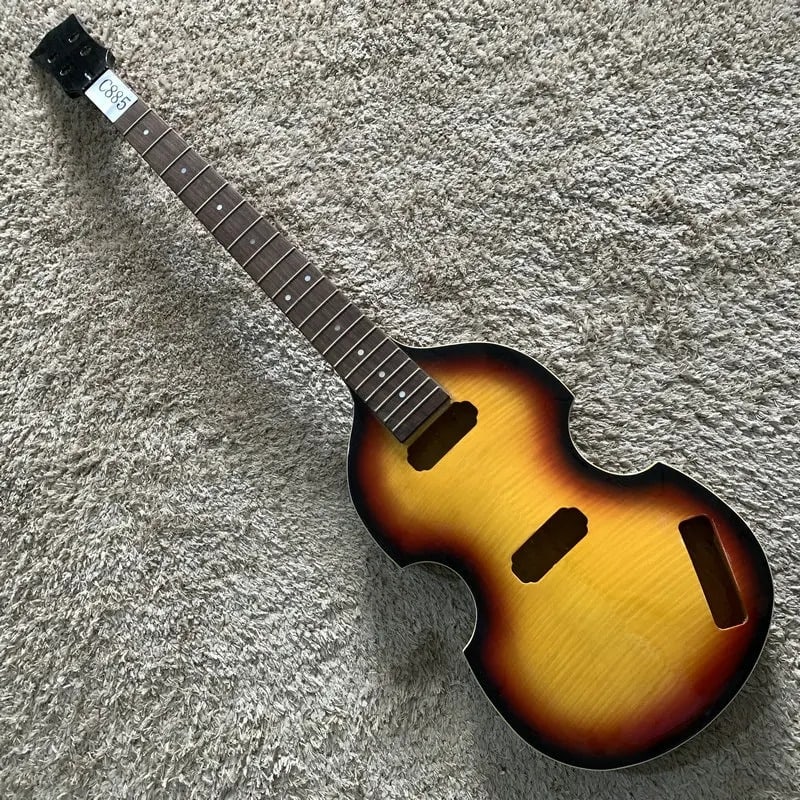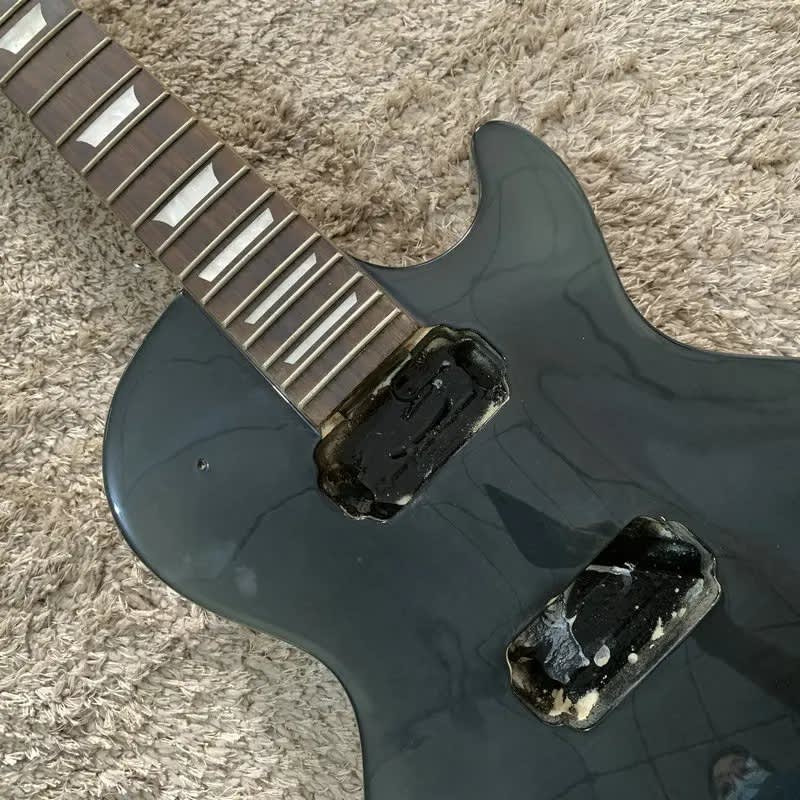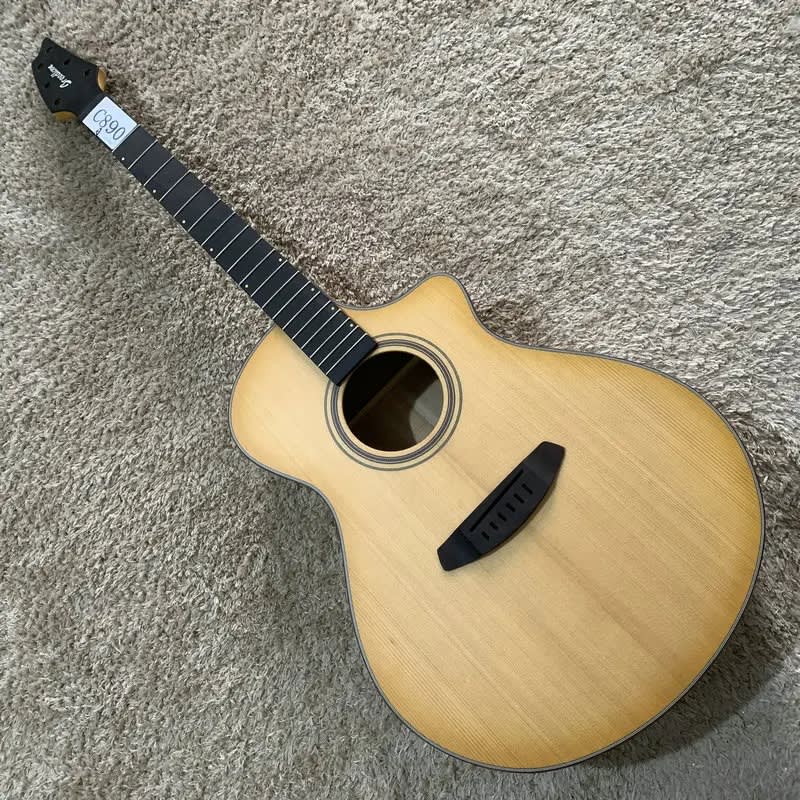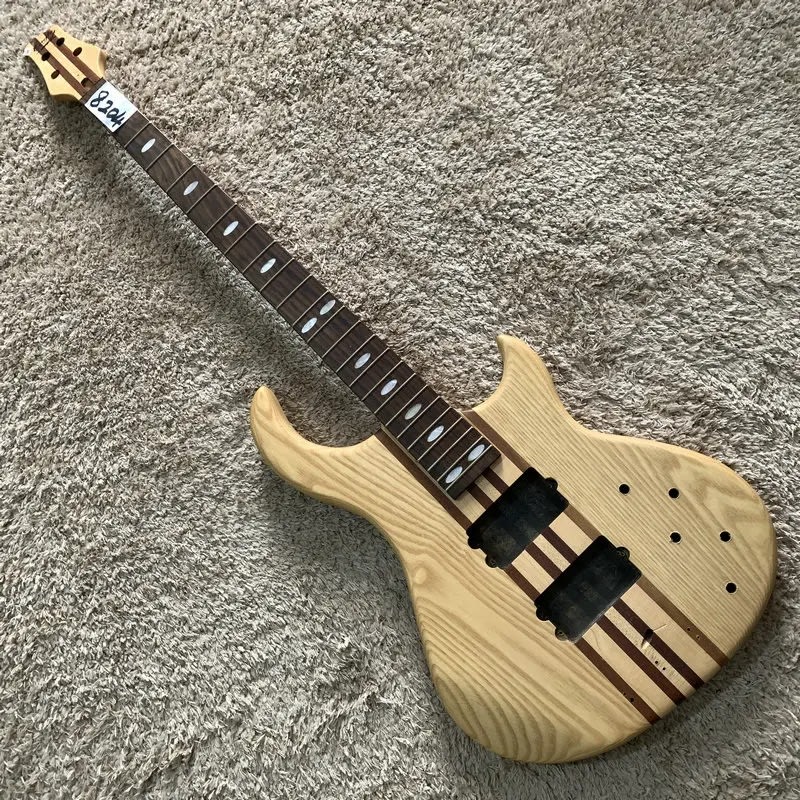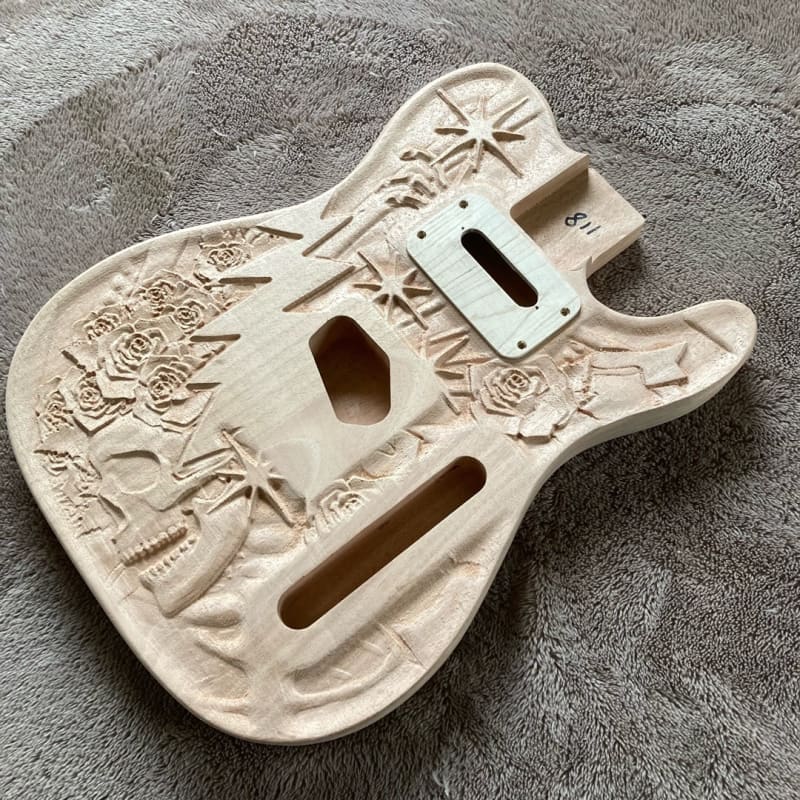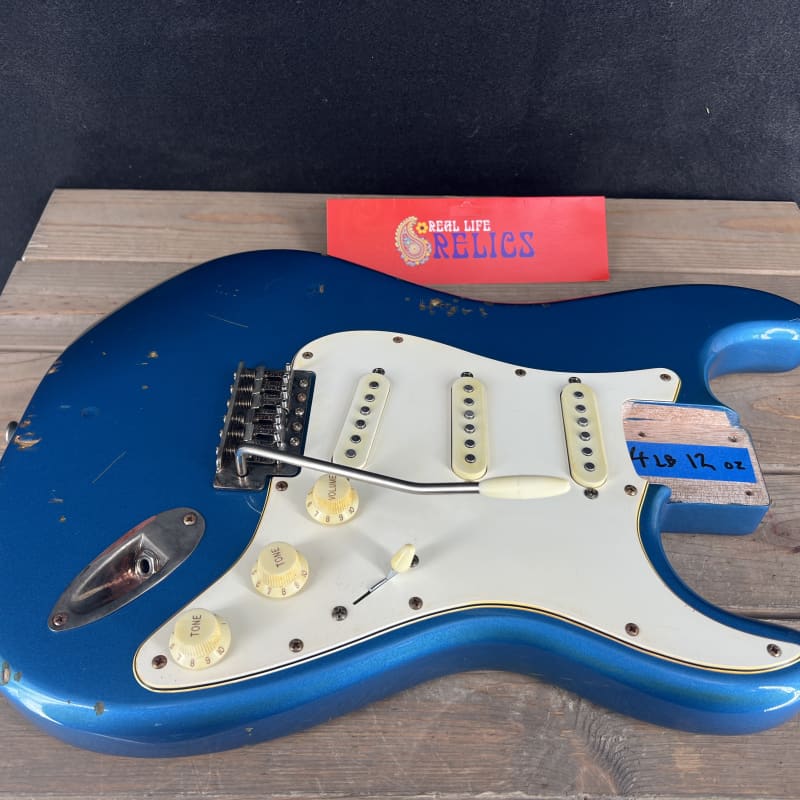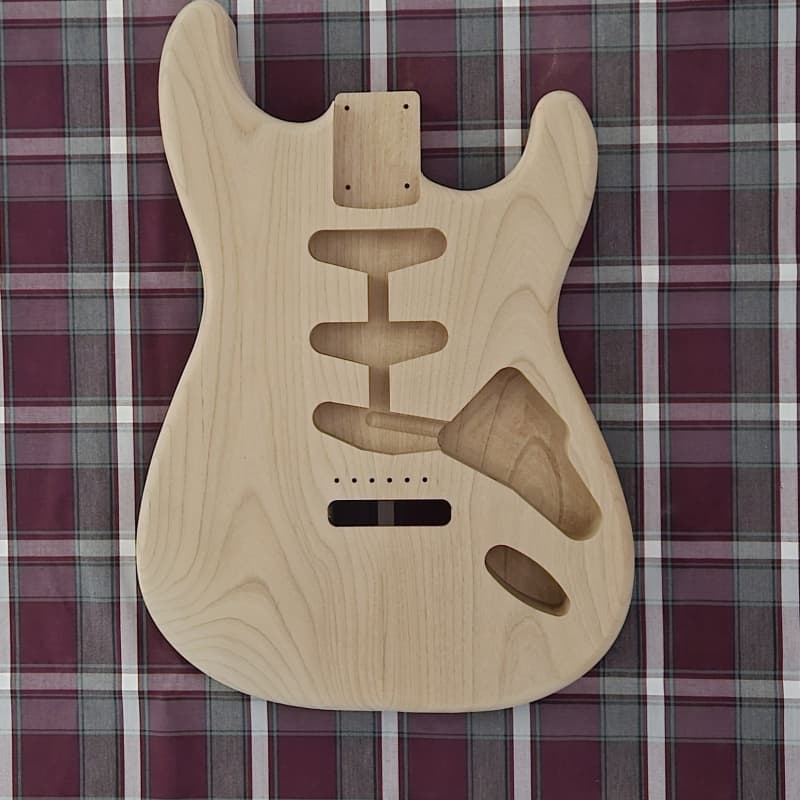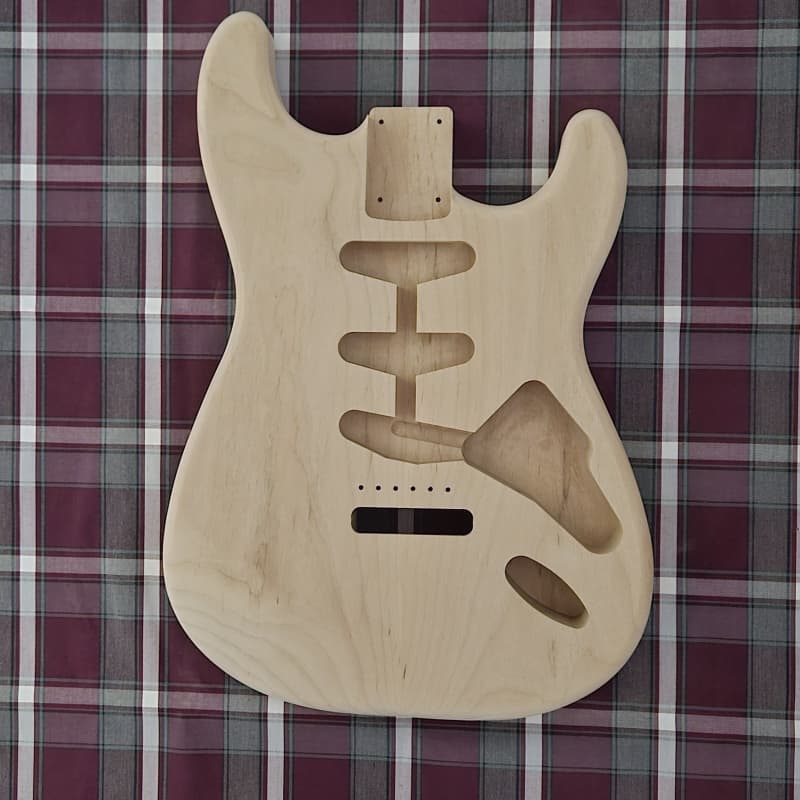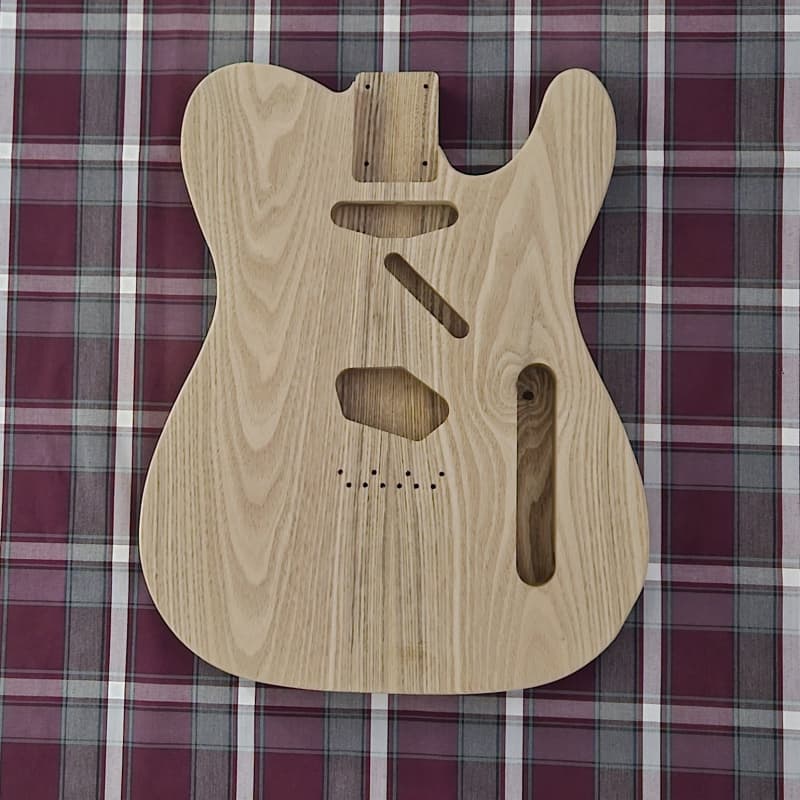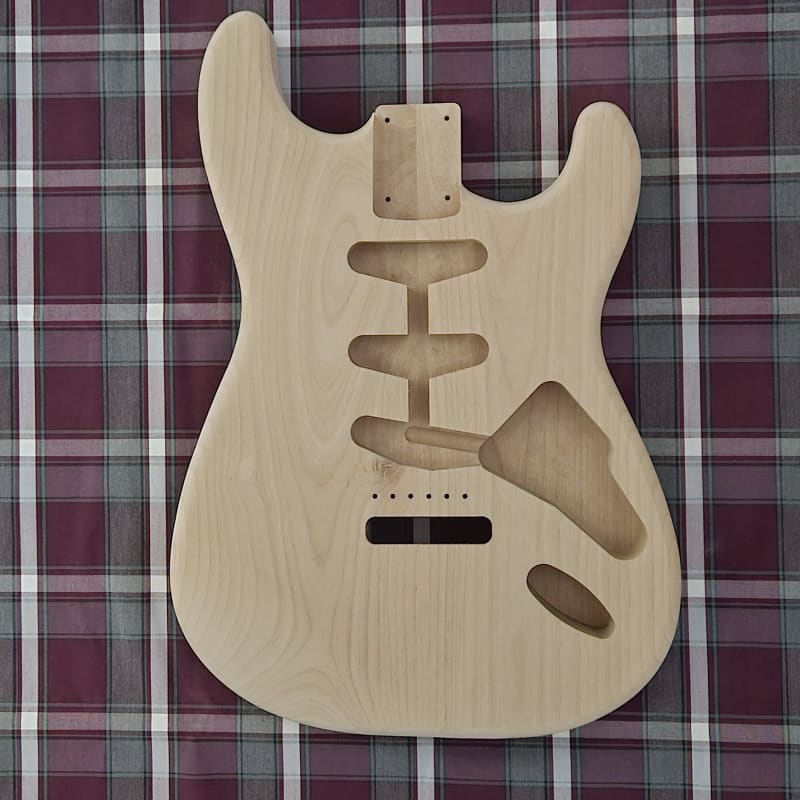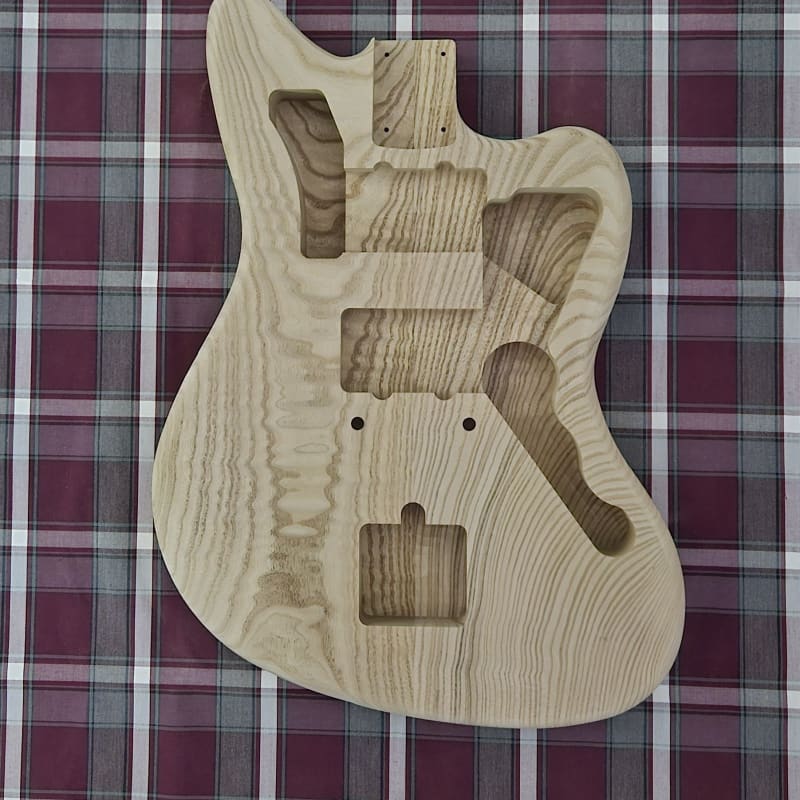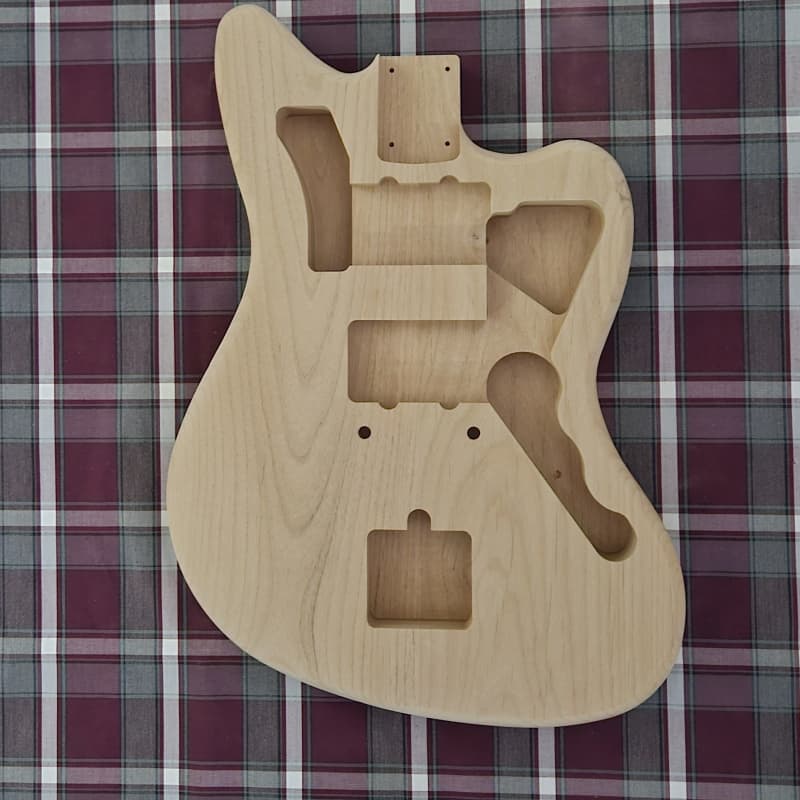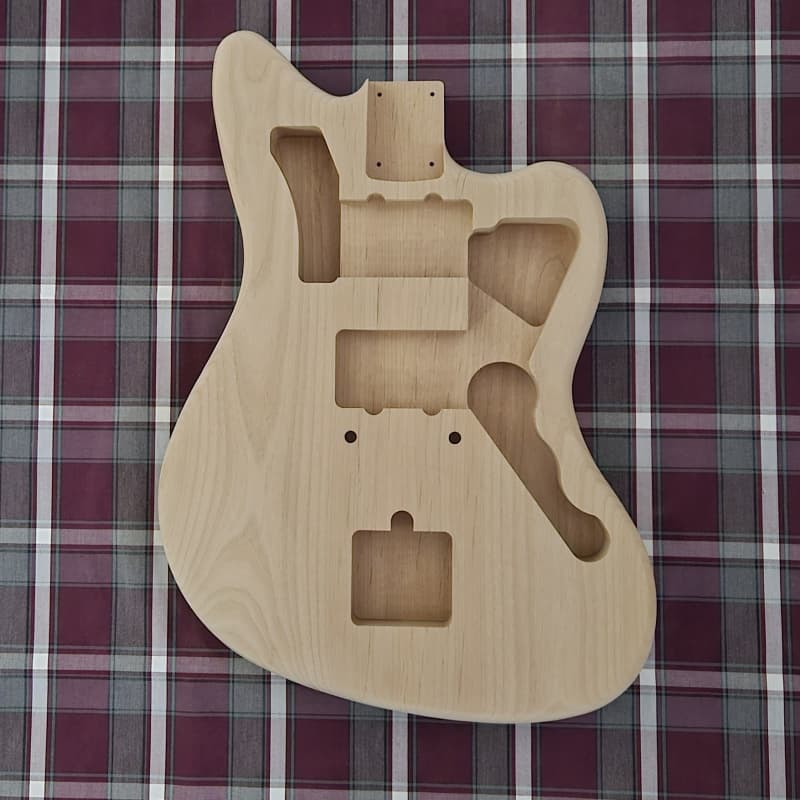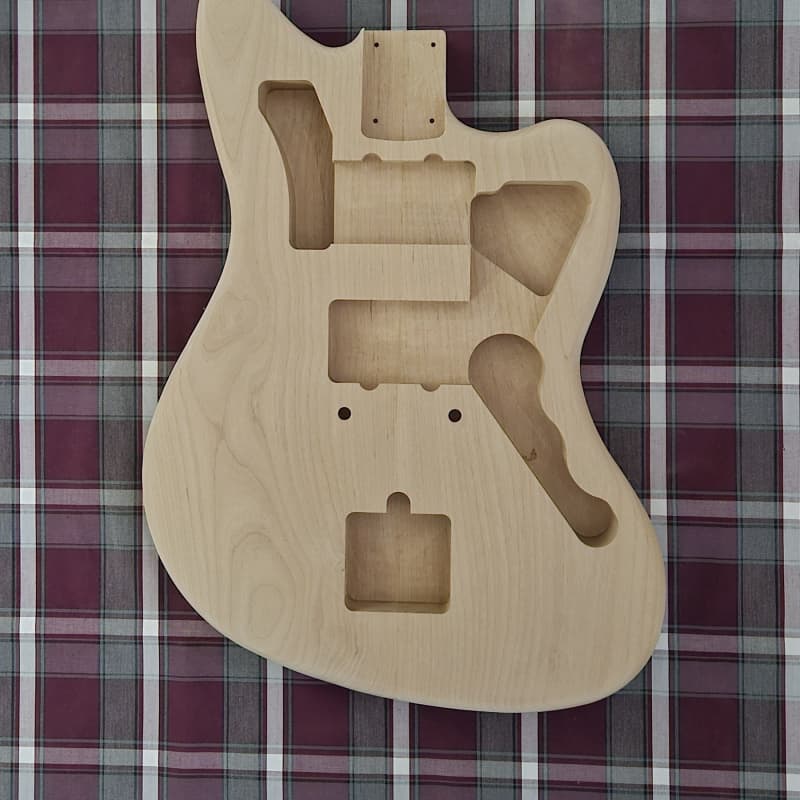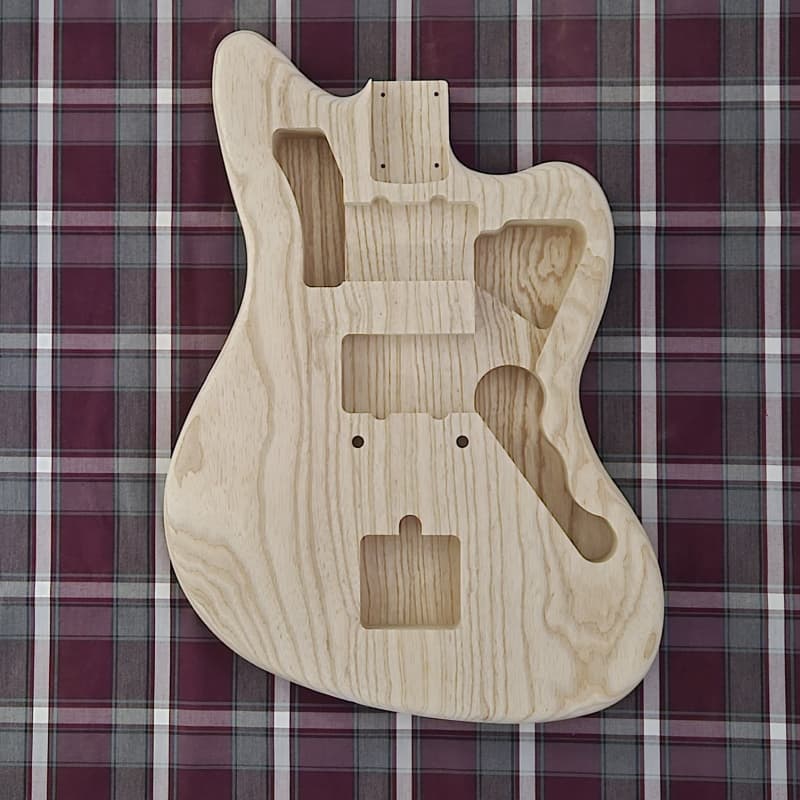Guitar Bodies
Guitar Bodies For Sale on Reverb
Ever since the popularization of the Fender Stratocaster and other modular guitars with easily swappable parts in the 1950s, guitarists have been assembling and modding their own guitars with readily available parts. Fender guitar designs are so heavily associated with easily combined guitar pieces that the portmanteau “partscaster” has become synonymous with almost any DIY assembled guitar.
The first piece of any guitar is the body, and since most hobbyists and pros don’t have access to CNC machines or the collection of woodworking tools and skills needed to make one from scratch, many companies offer a variety of finished and unfinished electric guitar bodies to get started with. Guitarists may choose a classic design to customize into their dream guitar or seek a body shape that’s more unique.
The second piece of any partscaster or similar DIY build is the neck. Thus, one of the first criteria in selecting a guitar body is choosing the correct neck pocket for the style of neck the builder will be pairing it with. For example, Telecaster and Stratocaster necks have differently shaped joints and are not compatible between each other. Many guitars use the rounded Strat-style neck pocket and joint, but there may be variations in width.
Another important factor in selecting a guitar body is the type of wood (or woods) used. Different tonewoods and variations within the build will affect the sound produced by the instrument. For example, Alder and Ash, both used in '50s Fenders, are reported to emphasize or scoop mids, respectively.
The type of wood used for a body is the biggest factor in the weight of the completed instrument. Basswood and alder are light, while walnut and mahogany are heavier. If selecting an unfinished body to complete with a translucent or stained finish, consider the appearance of the wood. Adding a flame maple top to a mahogany body is a popular combination in Les Paul-style guitars.
Other factors to consider include the contouring and routing of the guitar body. For example, a classic Tele body is not the most comfortable to play. Modern designs have added arm contours, belly cuts, and scooped neck pockets for improved playability.
Pickup type and configuration, and control layout are the main factors to consider when looking at the routing of premade guitar bodies. Players planning to experiment with different pickup types and combinations may prefer a swimming pool route that will accommodate almost any pickups. Other builders may want a blank body they can route as desired.
